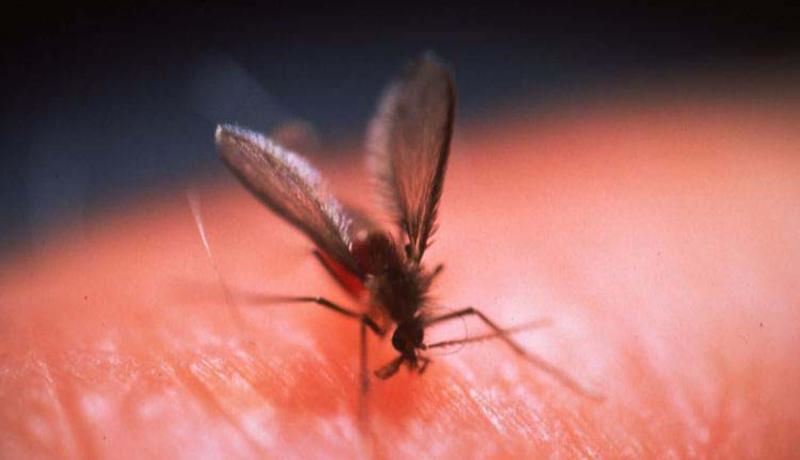United States: In the aftermath of the COVID-19 pandemic, the occurrence of uveitis surged to 17% amongst a cohort of nearly 474,000 Korean adults with a prior history of this inflammatory ocular ailment, as per a report published in JAMA Ophthalmology.
A team of researchers from Hanyang University College of Medicine in Seoul, Korea, utilized public health data from the Korean National Health Insurance Service and the Korea Disease Control and Prevention Agency to extract records on a total of 473,934 patients who were diagnosed with uveitis from January 2015 to February 2021, as published on cidrap.umn.
Uveitis, an inflammatory disorder of the eye, had been previously diagnosed among the subjects. These patients had received either an mRNA vaccine (Pfizer/BioNTech or Moderna) or an adenovirus vector–based vaccine (AstraZeneca or Johnson & Johnson) as primary the COVID-19 vaccinations. The average age of participants was 58.9 years with 51.3% of them being women, there were no positive COVID-19 cases in both periods.

Taking into account the extremely detrimental aspects of uveitis, such as the inflammation of the middle layer of the eye, which can evoke symptoms like body pain, conjunctival redness, or visual impairment, this ailment may become eye-opening from this UMN CIDRAP.
Risk factors were heightened across all four vaccine variants
In 3 months, the person developed a less severe condition called uveitis with an occurrence rate of 8.6%. By six months, the patient experienced eye irritation at 12.5%, while the condition worsened to 16.8% within the year. Those who were given the uveitis predilection prescription for the Pfizer (HR, 1.68, the Moderna (HR, 1.51 version, AstraZeneca (HR, 1.60, and Johnson & Johnson (HR, 2.07 vaccines are at higher risk of uveitis. The maximum risk was observed during the first month of the vaccination. There was a peak between the first and the second effective dose (HR 1.64).
These findings underscore the imperative of vigilant surveillance and monitoring for uveitis in the backdrop of vaccination drives, particularly those aimed at combating COVID-19, especially among individuals with a medical history of uveitis.

The researchers articulated, “Although occurrences of uveitis subsequent to vaccination are infrequent, our discoveries corroborate an elevated susceptibility post COVID-19 vaccination, notably in the immediate aftermath of vaccination.” They accentuated the necessity for meticulous scrutiny and surveillance concerning uveitis in the sphere of vaccination initiatives, including those tailored to counteract COVID-19, particularly in cohorts predisposed to uveitis, as outlined by cidrap.umn.
In a discourse, Anika Kumar and Nisha Acharya, MD, highlighted the importance of juxtaposing the risk of uveitis against the risks posed by abstaining from COVID-19 vaccination. “Indeed, other inquiries into noninfectious uveitis post-vaccination, which similarly uncovered augmented risks, noted modest effect sizes and low attributable risks, thus advocating for the continuation of vaccination endeavors,” they mentioned.















